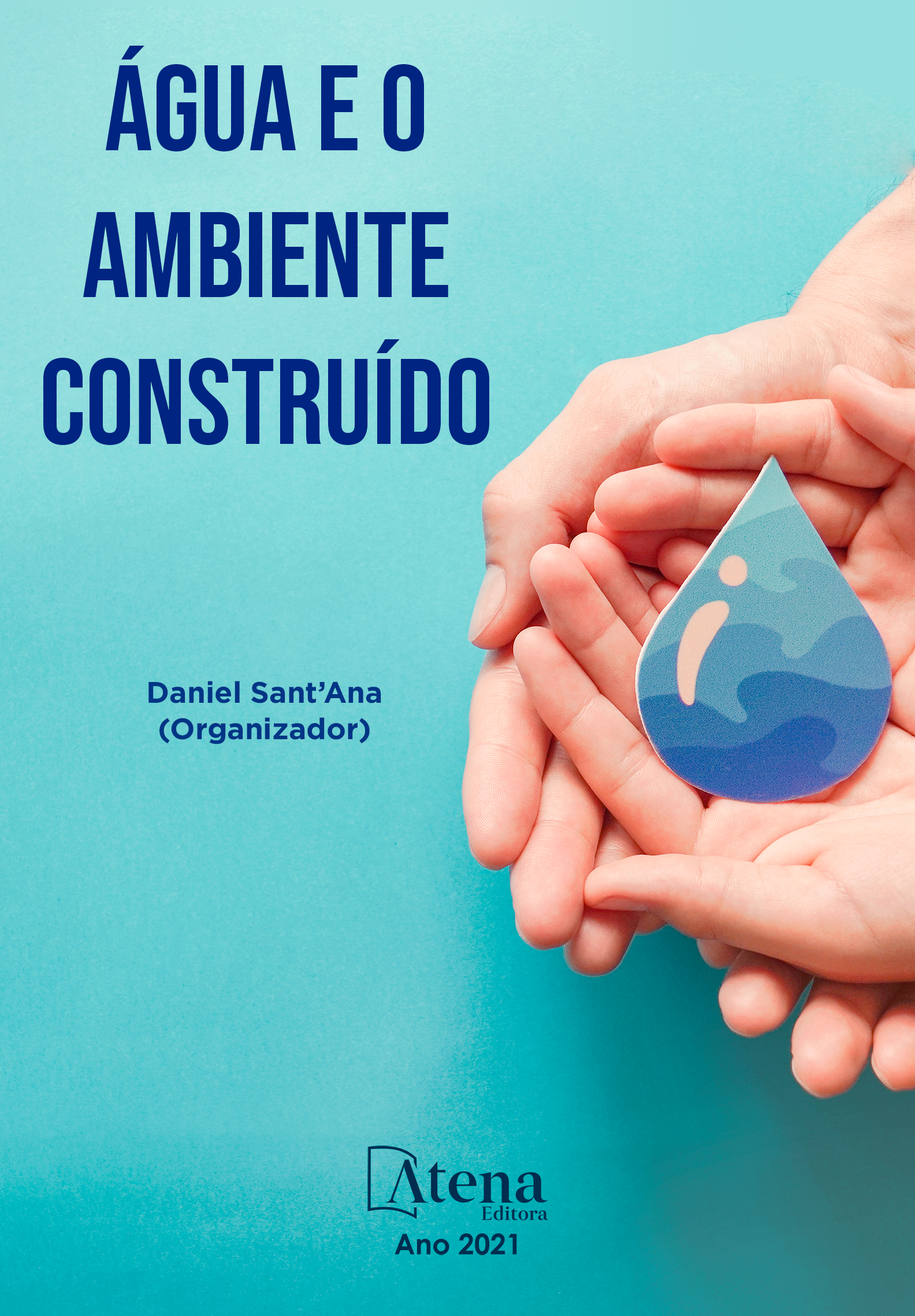
ACOMPANHAMENTO DO MONITORAMENTO QUALIQUANTITATIVO DE POÇOS ARTESIANOS DO PERÍMETRO IRRIGADO DE MORADA NOVA, CEARÁ, EM DIFERENTES ESTAÇÕES E ANOS
Objetivou-se com o seguinte trabalho, acompanhar o monitoramento qualiquantitativo de poços artesianos do perímetro irrigado de Morada Nova, Ceará, em diferentes estações e anos. Para realização deste trabalho, utilizaram-se dados dos boletins de monitoramento efetuado por técnicos da Companhia de Gestão dos Recursos Hídricos (COGERH), gerência de Quixeramobim, Ceará. As coletas ocorreram entre julho de 2017 (período seco) a janeiro de 2019 (período chuvoso). Para realização desse trabalho foram selecionados 43 poços artesianos. Sendo realizado acompanhamento mensalmente através do monitoramento quantitativo e trimestralmente através do monitoramento qualitativo. Os parâmetros avaliados para as variáveis qualitativas foram: temperatura (°C), pH, salinidade (mg/L), sólidos totais dissolvidos (mg/L), condutividade elétrica (μS). Já para as variáveis quantitativas foram: nível estático (m) e nível dinâmico (m). Após a obtenção dos dados, os mesmos foram tabulados em planilha do software Office Excel e realizada a análise descritiva dos mesmos. A temperatura da água variou entre 29,77 oC a 30,91 oC, com um valor médio de 30,36 oC. Observou que o pH da água dos poços artesianos do Perímetro Irrigado de Morada Nova está dentro da faixa de valores estabelecidos, que seria de 6,5 a 8,5, com exceção da média do monitoramento qualitativo do mês de janeiro de 2018, que apresentou pH de 9,25. Os valores para salinidade variaram de 498,59 a 589,97 mg/L, apresentando-se acima do estabelecido, que seria de 200 mg/L. Resultado semelhante foi obtido para os sólidos totais dissolvidos, que variaram entre 701,17 a 829,64 mg/L, bem acima do estipulado, que seria de até 500 mg/L de sais. Já para os níveis estáticos, observou-se um aumento da passagem do período seco para o período chuvoso. O mesmo ocorrendo para os níveis dinâmicos. Portanto, conclui-se que, o levantamento de dados qualiquantitativos de poços artesianos permite a avaliação das características dos recursos hídricos, e que o bom desempenho na realização dos monitoramentos resulta em tomadas de decisões referentes à gestão desses recursos. Ressaltando que, a avaliação qualiquantitativa da água é essencial para assegurar o uso sustentável e seguro na agricultura irrigada do perímetro irrigado de Morada Nova, Ceará, em diferentes estações e anos.
ACOMPANHAMENTO DO MONITORAMENTO QUALIQUANTITATIVO DE POÇOS ARTESIANOS DO PERÍMETRO IRRIGADO DE MORADA NOVA, CEARÁ, EM DIFERENTES ESTAÇÕES E ANOS
-
DOI: 10.22533/at.ed.7102127016
-
Palavras-chave: Nordeste, poços artesanais, recursos hídricos
-
Keywords: Water resources, artisanal wells, northeast
-
Abstract:
The objective of the following work was to monitor the qualitative and quantitative monitoring of artesian wells in the irrigated perimeter of Morada Nova, Ceará, in different seasons and years. In order to carry out this work, data from the monitoring bulletins carried out by technicians from the Water Resources Management Company (COGERH), management of Quixeramobim, Ceará, were used. The collections took place between July 2017 (dry season) and January 2019 (rainy season). To carry out this work, 43 artesian wells were selected. Monitoring is carried out monthly through quantitative monitoring and quarterly through qualitative monitoring. The parameters evaluated for qualitative variables were: temperature (°C), pH, salinity (mg/L), total dissolved solids (mg/L), electrical conductivity (μS). The quantitative variables were static level (m) and dynamic level (m). After obtaining the data, they were tabulated in an Office Excel spreadsheet and their descriptive analysis was performed. The water temperature varied between 29.77 °C to 30.91 °C, with an average value of 30.36 °C. He observed that the water pH of the artesian wells of the Perimeter Irrigated of Morada Nova is within the range of established values, which would be 6.5 to 8.5, with the exception of the average of the qualitative monitoring of the month of January 2018, which presented pH of 9.25. The values for salinity ranged from 498.59 to 589.97 mg/L, being above the established, which would be 200 mg/L. A similar result was obtained for the total dissolved solids, which varied between 701.17 to 829.64 mg/L, well above the stipulated, which would be up to 500 mg/L of salts. As for the static levels, there was an increase in the transition from the dry to the rainy period. The same is true for dynamic levels. Therefore, it is concluded that the survey of qualitative and quantitative data from artesian wells allows the evaluation of the characteristics of water resources, and that the good performance in carrying out the monitoring results in decision making regarding the management of these resources. Emphasizing that the qualitative and quantitative assessment of water is essential to ensure sustainable and safe use in irrigated agriculture in the irrigated perimeter of Morada Nova, Ceará, in different seasons and years.
-
Número de páginas: 15
- Emanuela Bento de Lima
- Glêidson Bezerra de Góes
- José Willamy Ribeiro Marques
- Rildson Melo Fontenele
- Dálete de Menezes Borges


